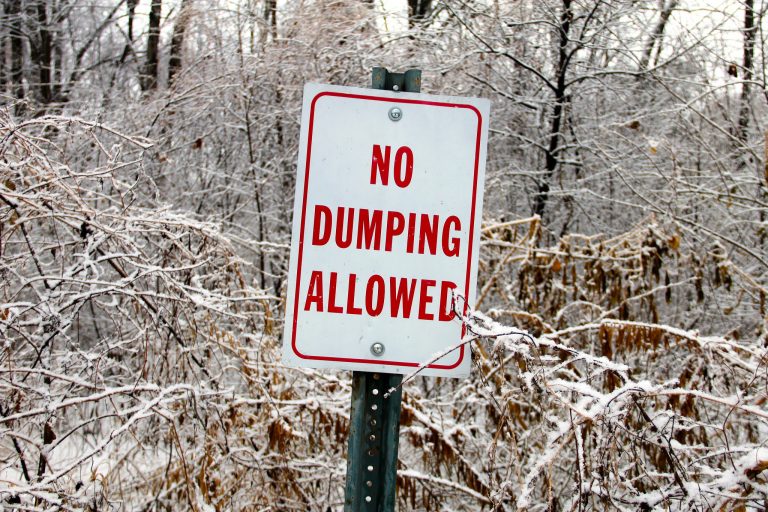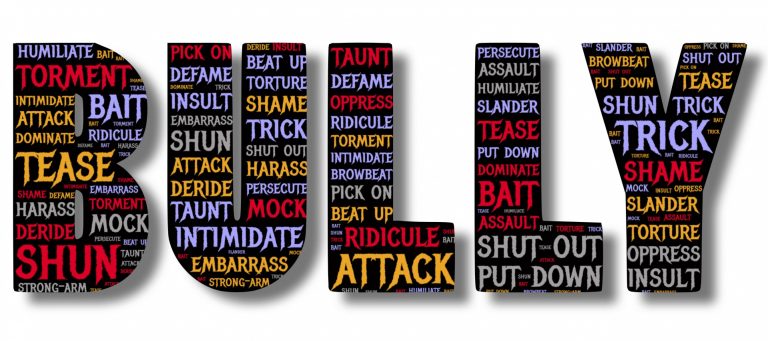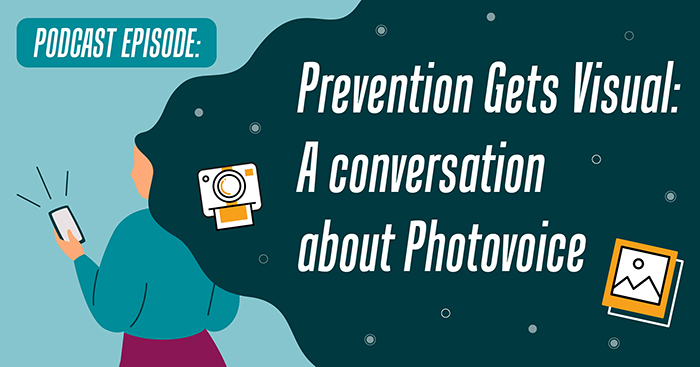Example #1: Southern West Virginia Photovoice Project
In September of 2008, the Southern West Virginia Photovoice Project gave digital cameras to 40 women from five different communities in Southern West Virginia and asked them to take pictures to “tell the story” of their communities, including the strengths and assets of their communities, the unique character of life in the region, and the problems and issues of concern in their areas. The communities that participated are: Big Coal River Area of Boone County, Pond Fork Area of Boone County, Lenore Area of Mingo County, Harts Area of Lincoln County, Upper Kanawha Valley of Kanawha County. The purpose of this project was to increase civic engagement in rural coalfield communities and give voice to residents’ concerns and ideas for change.
Example #2: Photovoice - Kaiser Permanente Community Health Initiatives
Kaiser Permanente’s Community Health Initiatives Photovoice project encouraged community residents to document the barriers to healthy eating and active living in their own communities. By creating a visual record of the environmental conditions in their neighborhoods, residents can identify opportunities for community change, help set priorities, and act as advocates for change with city officials, policy makers, and legislators. The project was implemented in at least 18 communities across six states Photovoice is being implemented in at least nine Kaiser Permanente communities to lift up residents' voices and create change.
Example #3: The Photovoice Process
This video details the process used by the Photovoice Hamilton Youth Project in Hamilton, Ontario. The video examines the thoughts and reflections of students who participated and those who helped facilitate the project.
Example #4: Young Care-giving in Western Kenya - A Photovoice Project by WVP Kenya
WVP Kenya is a small non-profit organization operating in Nyanza and Western Provinces of Kenya. For this project, 48 children between the ages 11-17, who were caring for their sick parents or elderly guardians, were equipped with disposable cameras to capture and reflect upon their circumstances. This video shares their photos and reflections about them in their own words.
Example #5: Use of Photovoice by the Roma Community in Seville, Spain
In this interview with Daniela Miranda, doctoral student at the Universidad de Sevilla, we learn about the use of Photovoice among a disenfranchised, marginalized group of Roma neighbors in Seville, Spain. The Roma community comprises the largest ethnic minority in Spain and Europe. The Roma community experiences disproportionate social marginalization and discrimination manifested in high unemployment rates and poor health outcomes. The Roma neighbors used photos as a tool for action to help them communicate poor living conditions.
Example #6: Use of Photovoice by Ch'orti' Maya Women in Guatemala
A group of Ch'orti' Maya women in Guatemala used digital cameras to document health and environmental problems in their hamlets, and as a result, Engineers Without Borders is working on a water purifications solution for the community. Associate professor at the University of Kansas, Brent Metz, and former environmental engineering graduate student, Jody Gentry worked together to train Ch’orti’ women on using digital cameras and document conditions in their homes and neighborhoods. An article recently published in the journal Human Organization details their work in distributing the cameras to the Ch'orti' women and the conditions the women documented with the photos.
Example #7: Using Photovoice as a Community-Building Tool
Photovoice increased the level of psychological sense of community and the wish for future participation in a group of teenagers who live in a vulnerable, multicultural neighborhood in southern Spain. Read more.
Example #8: Helping Housing First Clients Navigate Difficulties Conducting Community-Based Participatory Research
Not every issue is photographable, and some issues may be harder to capture through photography than others. This issue may be especially relevant for vulnerable community researchers who often find themselves at the intersection of multiple complex social issues. In fact, the more clients explored the complexity of stigma, the harder it was to photograph it. Read more.
Example #9: Participatory Action Research: An example from the Stand Up to Bullying Project
Middle school students conducted a Photovoice project generating between five and 30 photos, selecting two, and writing a paragraph describing why the image was meaningful to them in terms of bullying at their school. Read more.
Example #10: Prevention Gets Visual: A conversation about Photovoice
On this podcast, Sally Laskey, NSVRC Evaluation Coordinator talks to collaborative partners from PhotoVoice Worldwide and local preventionists in Ohio that worked with the Ohio Alliance to End Sexual Violence in creating a culturally responsive and anti-violence centric toolkit on how to use Photovoice in sexual violence prevention work.







